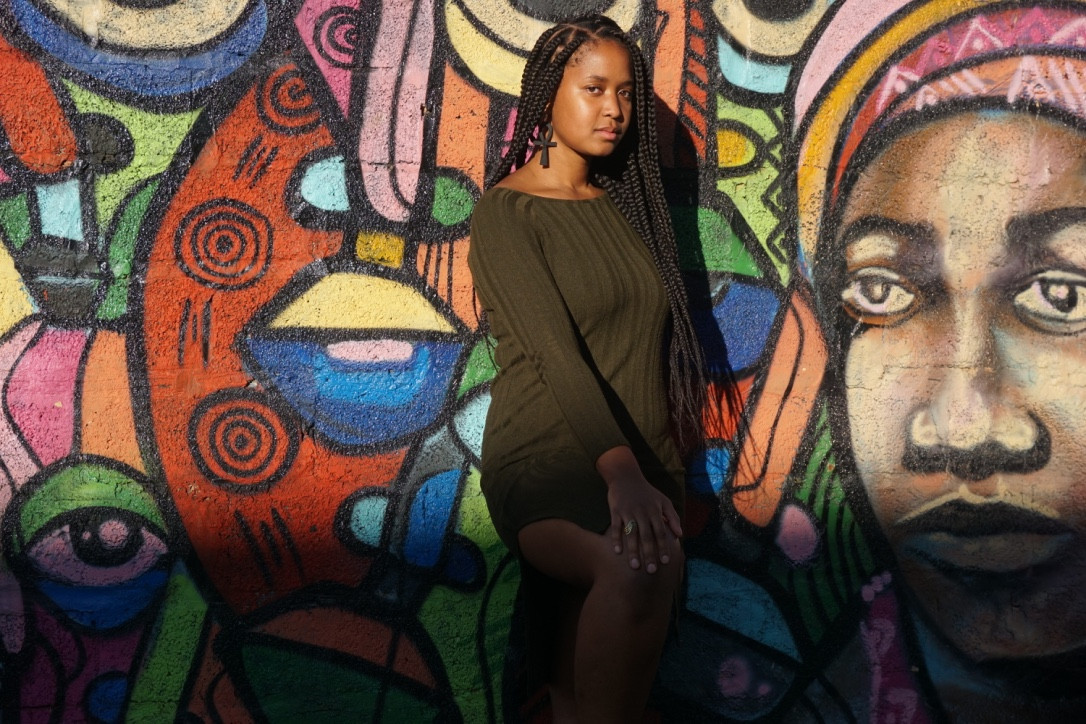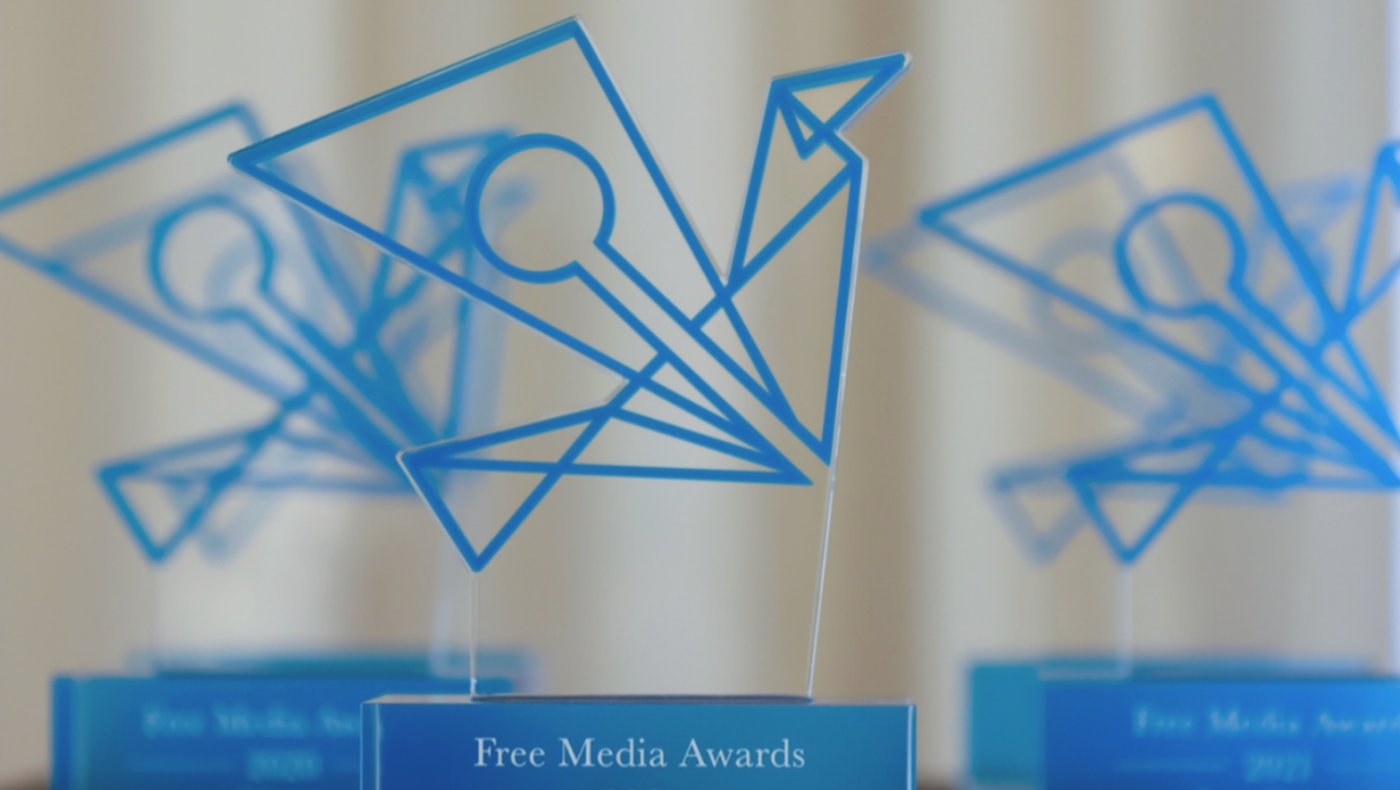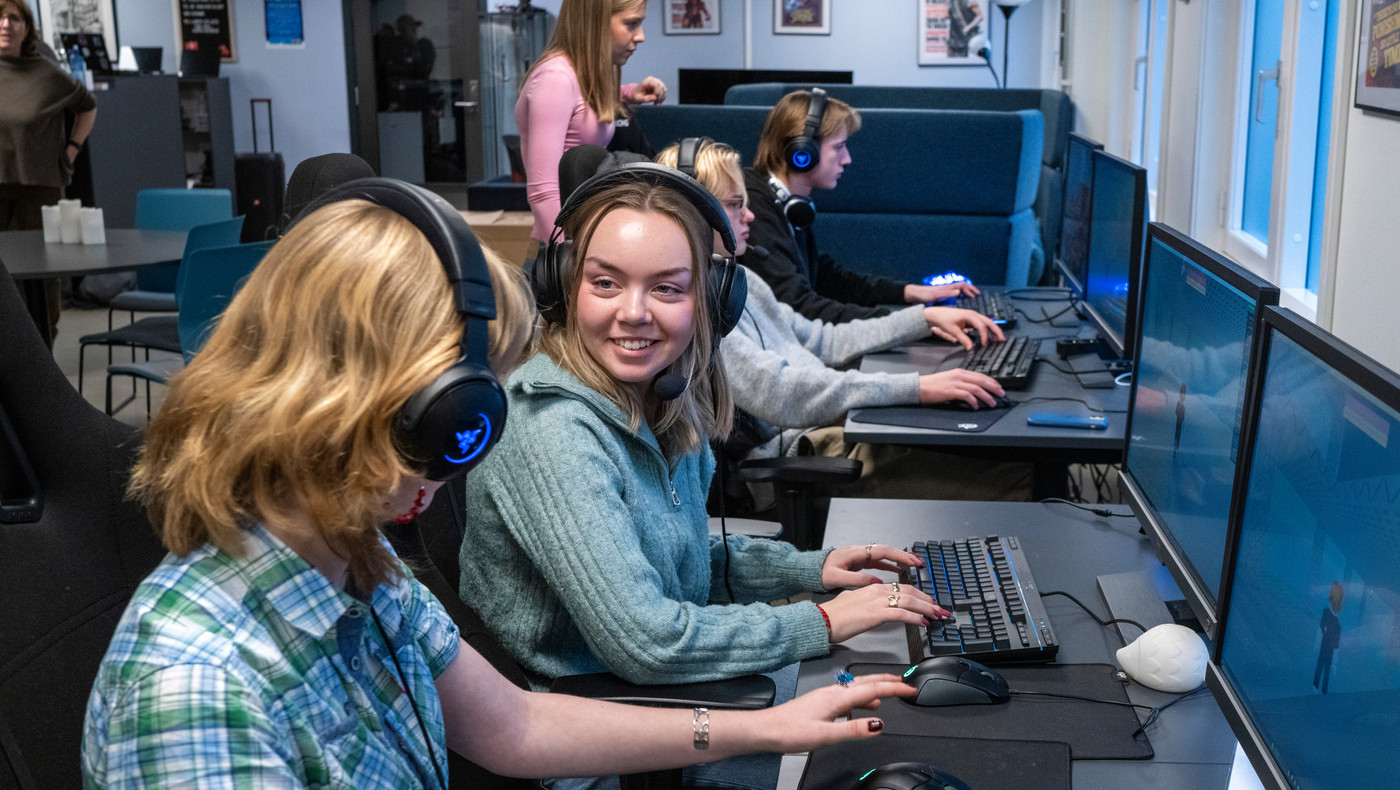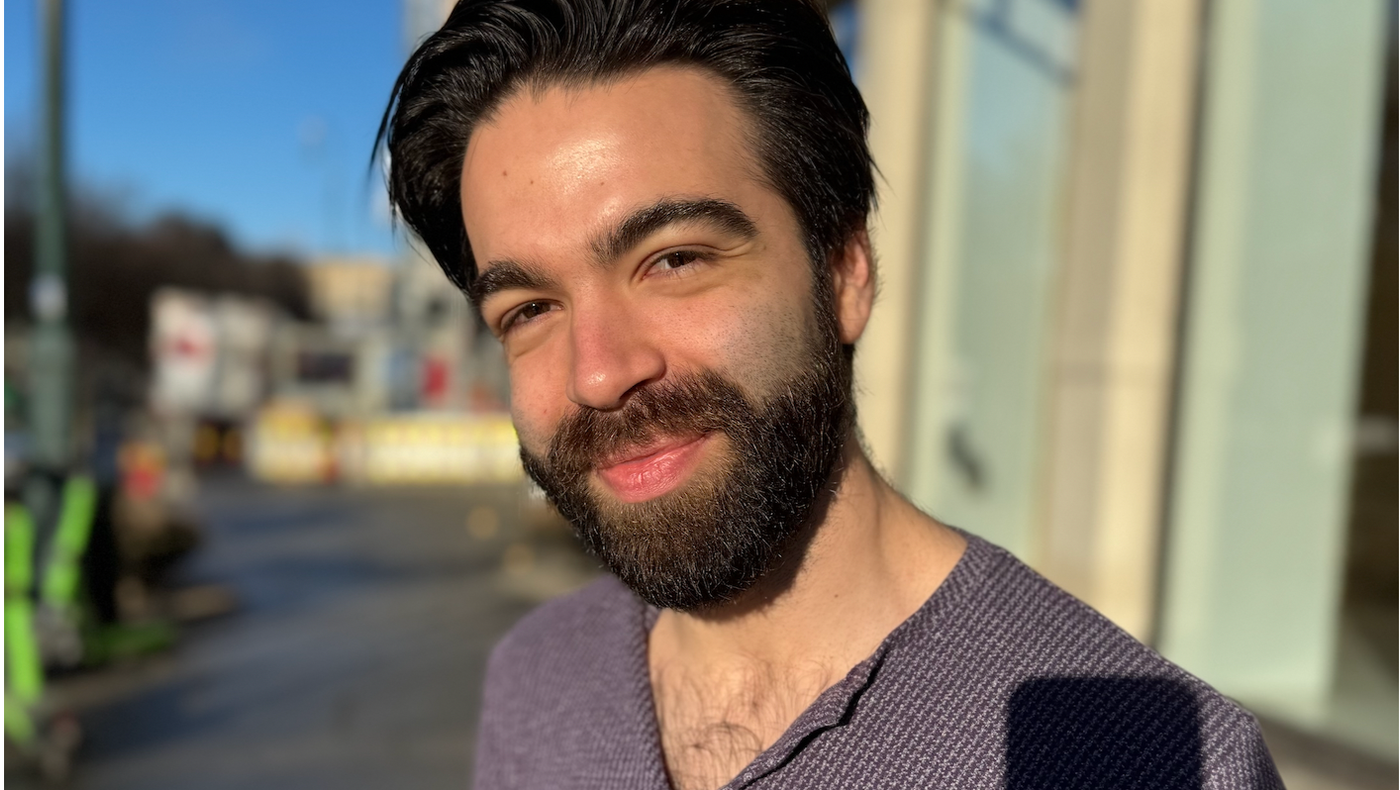"The African art scene is an undiscovered treasure trove." Support for journalism projects November 2022
“The African art scene is an undiscovered treasure trove”, according to art critic Grace Tabea Tenga, recipient of a travel grant to visit South Africa. Since the ‘Black Lives Matter’ demonstrations in 2020, African art has become an important part of the ongoing showdown with many kinds of racism. The projects that received funding from Fritt Ord in November also include a podcast about the history of Norwegian Black Metal. Here is the list:
One of the journalism projects that received less than NOK 100 000 from Fritt Ord in November was a travel grant to visit South Africa for art critic and fledgling psychologist Grace Tabea Tenga. Tabea Tenga is familiar from the newspaper Klassekampen. A dancer herself, she writes a regular dance review column for Klassekampen and Scenekunst. She is travelling to South Africa on a contract with the magasine Billedkunst. Tabea Tenga will be leaving in mid-January and plans to stays five weeks, doing research from her base in Cape Town. "The African art scene is an undiscovered treasure trove." It is bursting with creativity, and it is important that those of us who live in Norway are aware of the talents on the African art scene. Fouad Boussouf and Sergé Coulibalys Wakatt are prime examples of how contemporary African art is relevant and how it has been shown in Norway and Europe. "I would like to establish cultural exchanges between Norway and South Africa, not just with New York, London and Paris.
The epicentre of African art South Africa has become the epicentre of African art. The country is home to the African Continent’s largest art gallery, the Johannesburg Art Gallery, as well as the Zeitz MOCAA – Museum of Contemporary Art Africa in Cape Town, and the dance performances of Senegalese dancer and choreographer Germaine Acogny. The Zulus are famous for their fantastic dances, and they have now given a name to a new music form, amapiano (Zulu for ‘the pianos’), which has spread throughout Africa and from there to the rest of the world. Amapiano is electronic house music that takes ‘deep house, kwaito and jazz’ a step further." During her visit, Tabea Tenga will get to experience Africa’s largest stage art festival, the National Arts Festival and the Cape Town Art Fair.
Art as resistance
Being a woman and being African are both recurrent themes throughout this grant project, which is entitled ‘Art as resistance’. “Although contemporary African art is on the rise, Africans themselves are not necessarily being allowed into the dialogue”, she writes in her application. Tabea Tenga is one of very few Norwegian-African art critics in Norway, and she may be the only one among them who is actively engaged in reviewing art. (Sumaya Jirde Ali and Deise Nunes also did so earlier.)
“This is important because it raises the question of perspectives. If one knows nothing about one’s own body, it is hard to write about it. I cannot speak for all black women, or for other groups, because they have references that would be baffling to me. It is therefore important to focus on diversity, so that all views are heard. Since the Black Lives Matter demonstrations in 2020, African art has become increasingly important in our time, not least due to the ongoing showdowns with many types of racism.
Podcast about black metal
Another project that received funding in December was the podcast ‘True Norwegian Black Metal’, directed by the podcast producer and sound designer Henrik Svanevik.
The podcast series will be published in Bergens Tidende and on PodMe.
"2022 and 2023 mark the 30th anniversary for several important dates in the history of Norwegian black metal", remarks Svanevik. He himself has also spent many years as a cultural worker, so he knows many of the key players.
The genre is ‘one of Norway’s greatest musical cultural exports’, as he writes in his application, and it has ’left a permanent footprint on music history and enjoys a global audience. And it has been mythologised.
"Somewhere along the way, we have lost sight of its true history", he claims.
Bergens role in black metal
Svanvik also claims Bergen has ‘lost’ its central position in many of the stories.
"I feel that there should be a story from the perspective of Bergen. Bergen has been an exceedingly important city for the genre, and many of the key players still live here today," he adds.
Even though many of the stories about black metal focus on Oslo, according to Svanevik, Bergen is where the metal tourists visit.
“The metal concert ‘Beyond the Gates’ at Grieghallen last year is a case in point.
The concerts celebrated the fact that it had been 30 years since three ground-breaking albums were recorded in the same concert venue. The three albums helped define the sound of Norwegian Black Metal until the end of time”, the producer adds.
Festival participants in 2022 used the opportunity to make a ‘pilgrimage’ to the bunker in Os, where Mayhem bassist Varg, Greven (‘The Count) Vikernes took photos of Øystein ’Euronymous’ Aarseth with an upside down cross in 1992.
A year later, Aarseth was found murdered. The Count’ was found guilty of the murder, and of church fires ‘and the rest is history’, as they say.
The podcast is intended to document that story, and at the same time, Svanevik would like to focus more on the music, and less of the mythology surrounding the genre. The project received NOK 75 000.
Among many other projects, Universitas received NOK 60 000 for a new investigation, and NOK 80 000 for the project ‘global student perspectives’, Hanna Espevik for an article on Norway’s path to the Security Council (NOK 20 000), and John Færseth for articles on the development of Central and Eastern Europe (NOK 50 000).
For full list, see the" Norwegian version of the text.




